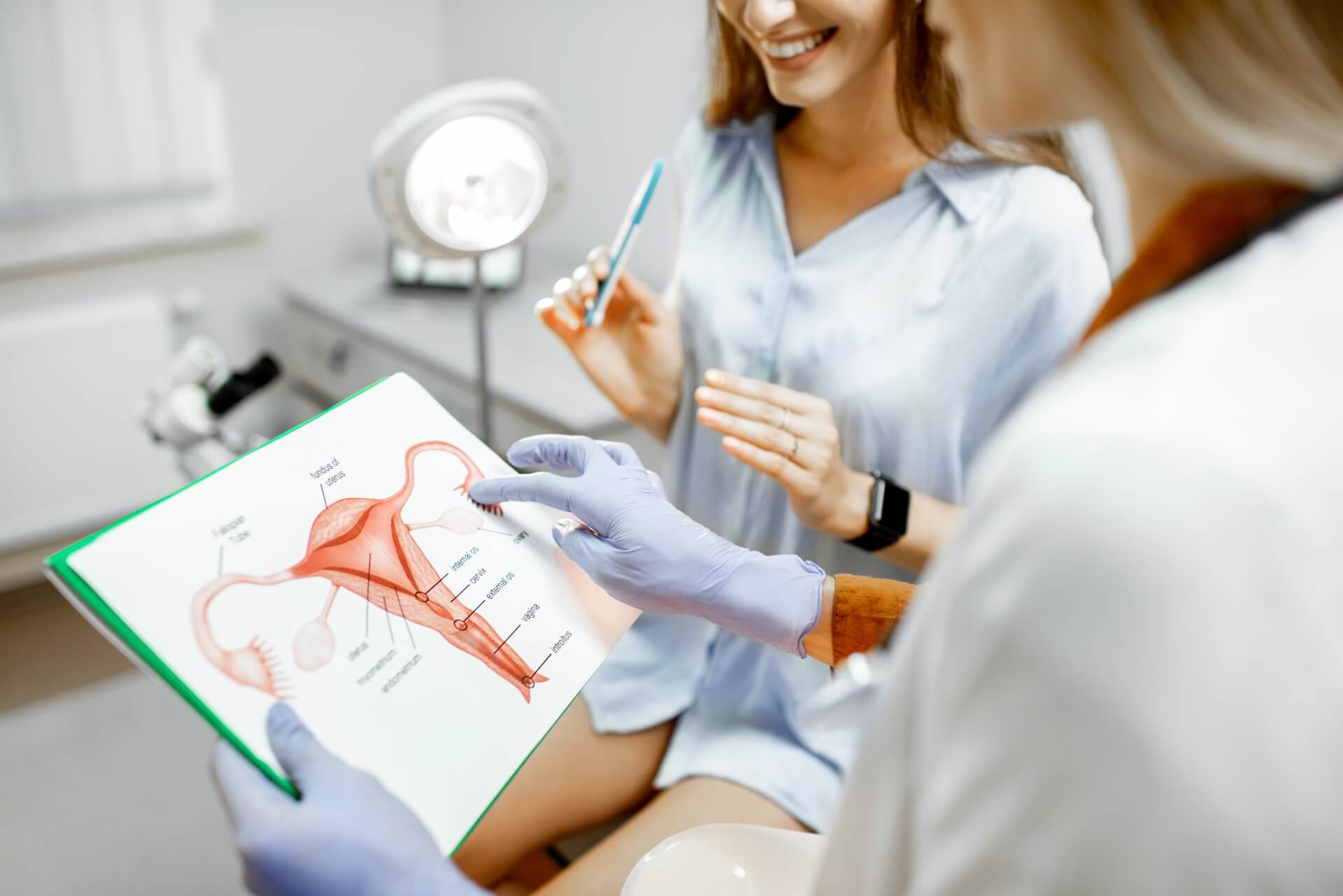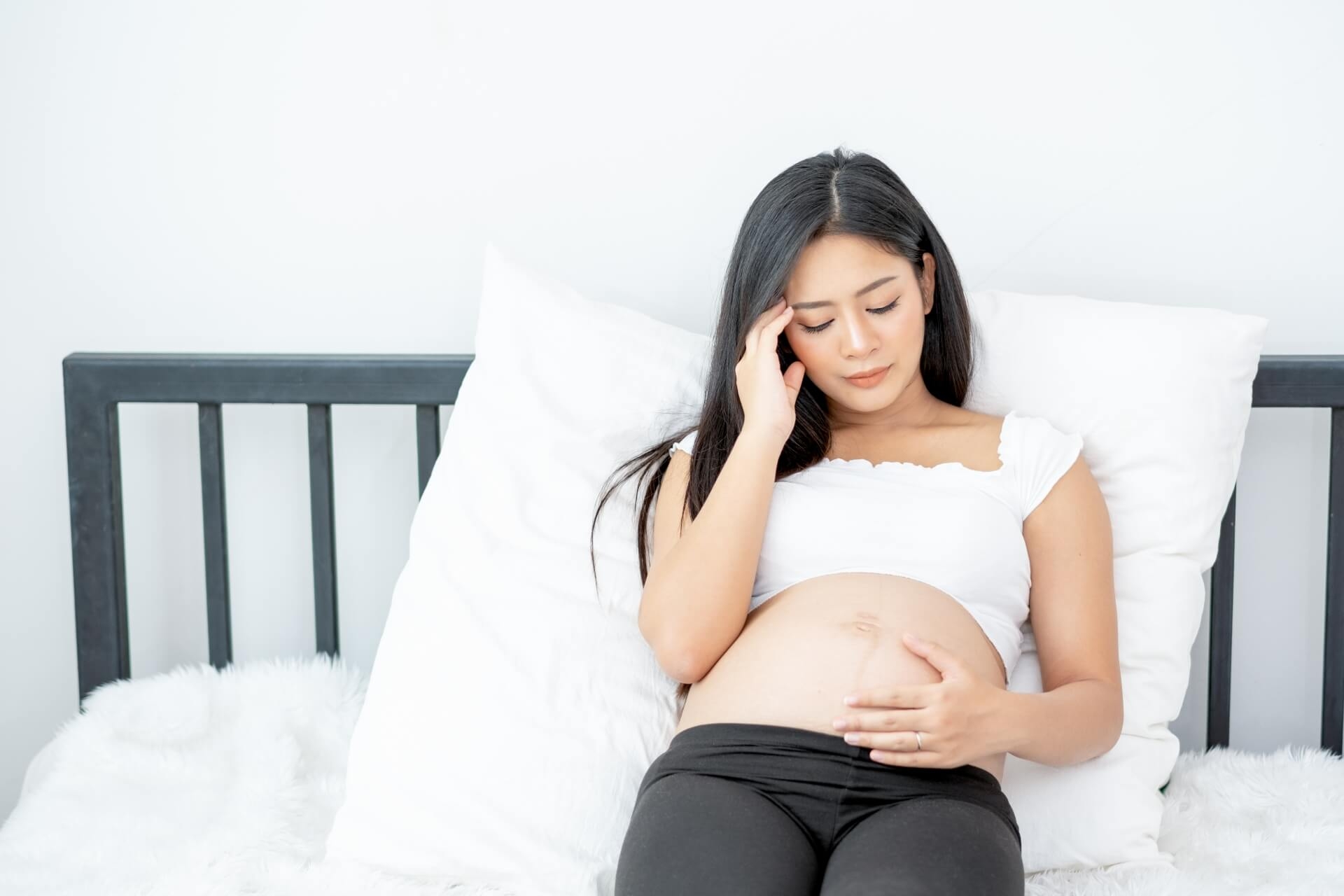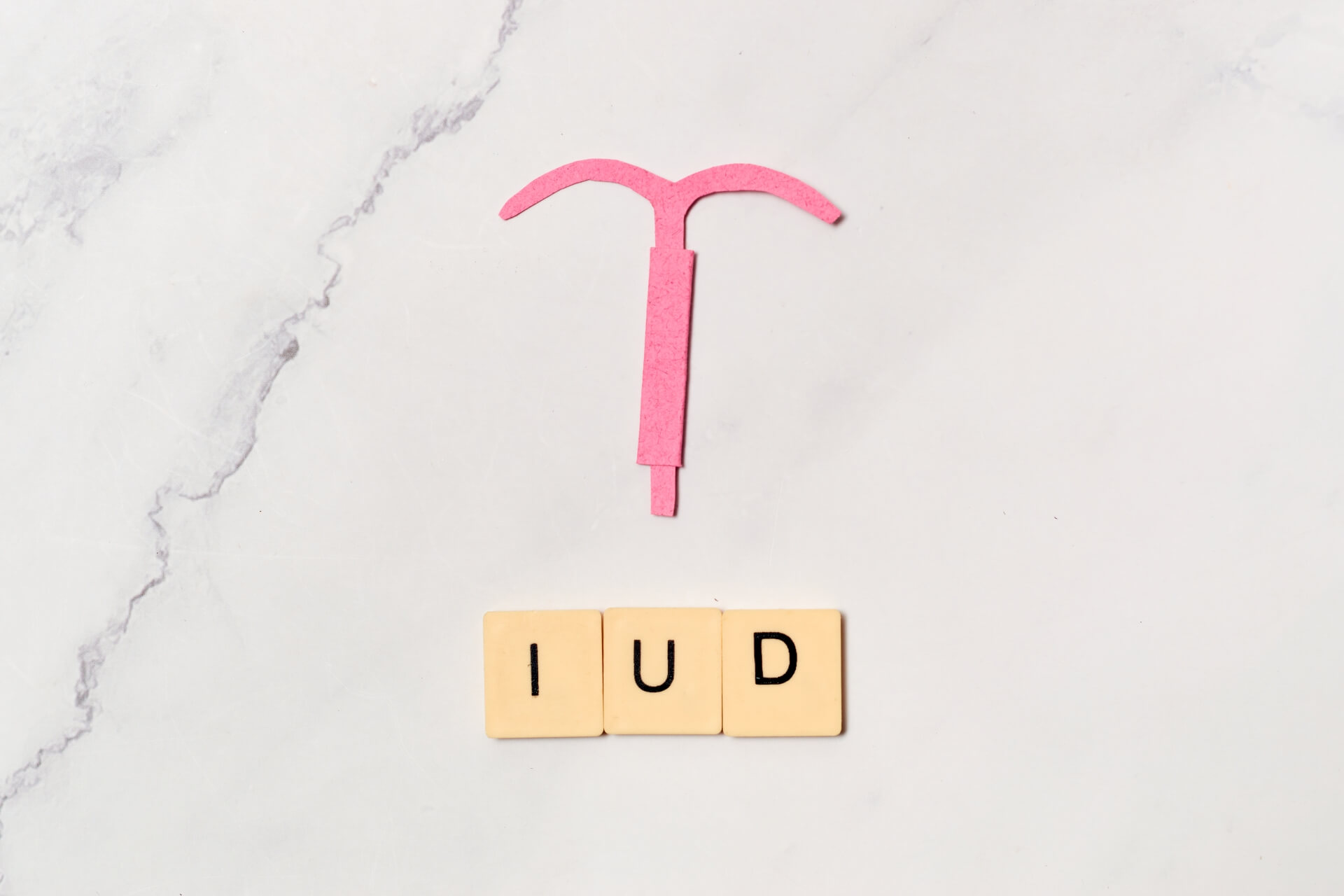One of life’s most beautiful and significant accomplishments is giving birth to a child. However, your body undergoes numerous modifications prior to giving birth. If this is your first pregnancy, you probably have a lot of questions about what to expect throughout the next nine months. Dr. Broad and her staff are here to enlighten and support you through the process
If you gathered a bunch of pregnant women and asked them about their pregnancy, each one would tell you something different. Because every woman’s body is different, her changes in each trimester are also unique.
The first twelve weeks following fertilization are referred to as the first trimester. You may gain a few pounds and start to develop a baby bump at this time. During the first trimester, you might expect to see the following changes:
Breasts that are Soft and Comfortable
Tender breasts are one of the early indicators of pregnancy. As your body prepares to feed your kid, hormonal shifts are to blame. If you want to be more comfortable, buy a cup size larger than you generally wear in bras.
Cravings for Certain Foods
Food cravings and aversions are common among pregnant women. In fact, more than 60 percent of pregnant women say they have food cravings. You might be reaching for things you would never have before. Similarly, many women suffer from taste aversion, which is an aversion to a specific meal that you usually don’t mind.
Sickness in the Early Morning
90% of pregnant women feel morning sickness because of their growing baby inside of them! Nausea, while bothersome, is not life-threatening and is a natural reaction to your body’s hormonal fluctuations. During the first trimester, nausea may last for several weeks or even months.
Stage two of pregnancy (13-26 weeks)
According to popular belief, the second trimester of pregnancy is the most manageable for most women. Morning sickness and exhaustion will lessen around this time, so you’ll feel better overall. Many pregnant women eagerly await weeks 16-20, when an ultrasound can tell your baby’s sex. During the second trimester, you may also experience the following changes:
New Growth of Hair
Pregnant women are frequently taken aback by the rapidity with which their hair grows while they are pregnant. Because of your body’s hormonal changes, you may experience hair growth in unexpected areas, such as on your back, face, or tummy.
Hemorrhoids
Veins around the anus that are swollen and painful are referred to as hemorrhoids. Pregnancy-induced changes in blood flow and pressure are thought to be responsible for their formation. Hemorrhoids can cause itching and discomfort, which can be alleviated with a warm bath or an anti-itch cream.
Backache
Second-trimester weight gain is due to your baby’s growth. Expect to put on one pound each week throughout this time period. Many women develop backaches as a result of their weight gain. Sitting up straight on a comfortable chair will alleviate this discomfort. Lay on your side and place a pillow between your legs while you sleep.
The Third Trimester of Pregnancy (27 to birth)
The third trimester is when you’ll acquire the most weight and go through certain changes that can be difficult. Many expectant mothers are anticipating the arrival of their child and are filled with excitement. However, anxiousness is a common emotion among soon-to-be mothers. The following are some of the modifications you will experience throughout the third trimester:
Urination regularly
The growing head of your child may put additional strain on your bladder as it develops. This could result in you needing to use the restroom more often. Even when you sneeze or laugh, you may notice a small amount of leaking. If you want to avoid this, go to the restroom right away if the urge strikes.
Putting on Pounds
Most women gain 25-30 pounds during pregnancy; however, this number might vary based on your starting weight. Pregnancy-related weight gain is caused by several factors, including your baby’s growth, an expanding placenta, amniotic fluid, and fuller breasts.
Swelling
Swelling of the ankles, feet, and fingers is not uncommon. An excessive amount of fluid retention is to blame for this symptom, which is totally typical during pregnancy. Elevate your feet to reduce ankle and foot edema.

What you will need for your newborn
To say parenting is amazing and transformative would be an understatement. However, it can also be a challenging and demanding time. That goes double for first-time parents. Before your kid is born, acquire all the things he or she will need by doing research and planning ahead of time.
This list of baby necessities will assist you in providing your new baby with the attention, care, and love she deserves. This is a good starting point for the first six months of being a new parent.
Fortunately, solid food will come later in your baby’s life, and you won’t have to worry about it for the first few months. For the first six months, many doctors advise exclusively breastfeeding your kid. While using a breast pump is an option, Baby Gear Lab’s extensive article on picking the proper breast pump points out that it can be pretty helpful sooner or later. Pumping promotes latching, latching on, and stimulating milk supply simpler, and it’s also more convenient for women who are constantly on the go. As a result, the following is required of you:
- breastfeeding with a breast pump In public or in the presence of others, nursing bras and breastfeeding cups are appropriate.
- Beverages in glass bottles (4 to 8 ounces)
- Sterilizer for bottles
- brush for cleaning the inside of the bottle
- Wipes and bibs are both available.
- If you don’t want to breastfeed, you can use formula milk instead.
Taking care of one’s body
Despite the fact that newborns only require a bath about twice a week, that doesn’t imply they can go unclean between baths. Prepare these care tools for your baby’s hygienic arsenal:
- Towel, loofah, or a soft sponge are all excellent options.
- a mild soap for those with more delicate skin
- Shampoo that is kinder to the skin
- Towels that have been aired out
- bath time for the infant
- diapers soaked in baby oil or lotion and anti-redness cream
- tissues/wet wipes
- Nail clippers and a file are required for this task.
Most things are self-explanatory; however, the Mom Center’s Newborn Bathing Guide advises picking a bathtub that drains, collapses, and is padded. You can use it while traveling, which improves both safety and comfort when bathing your newborn.
About the Author
Dr. Jennifer Broad is a board-certified obstetrician and gynecologist who has been practicing in Newport Beach, California for over a decade. She received her medical degree from the University of California, San Francisco, and completed her residency training at the University of California, Irvine.
Dr. Broad is dedicated to providing personalized care to her patients and is committed to staying up-to-date with the latest medical advances in her field. She is a fellow of the American College of Obstetricians and Gynecologists and a member of the Orange County Medical Association.











